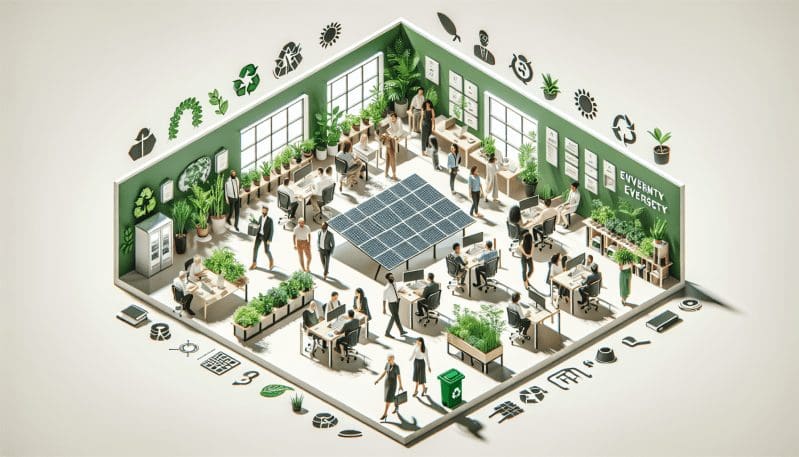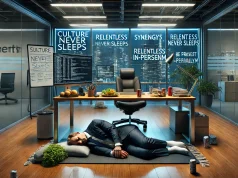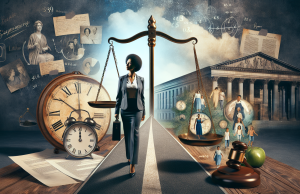As our global economy grapples with the dual challenges of environmental sustainability and social equity, a new dialogue emerges within the halls of industry and commerce. This conversation sits at the nexus of ecological responsibility and workforce diversity, a concept now colloquially known as the ‘Green Ceiling.’ It represents the invisible barriers that employees from underrepresented groups may encounter in fully participating in and leading sustainability initiatives within their organizations.
The Work Times, with a commitment akin to The New York Times in its dedication to depth and integrity, brings to light the intricate tapestry woven from the threads of environmental stewardship and inclusive diversity in the workspace. This blog delves into the heart of how diversity not only enriches the corporate culture but can also amplify a company’s environmental efforts.
Case studies from across the globe demonstrate that organizations which have successfully intertwined their diversity and environmental policies reap the benefits of this harmonious fusion. For instance, a tech giant in Silicon Valley noted a surge in innovative recycling solutions after diversifying its problem-solving teams. In another example, a multinational consumer goods company found that its sustainability messaging resonated more authentically with a global audience when it incorporated diverse cultural perspectives.
However, integrating diversity with environmental sustainability does not come without its challenges. Many companies struggle with unconscious bias that may lead to a lack of representation in ‘green teams,’ or fail to see the connection between a diverse skill set and innovative sustainability solutions. They may also face difficulties in aligning their diversity objectives with their environmental goals due to disparate departmental goals or inadequate communication channels.
Overcoming these obstacles begins with recognition. Leadership must acknowledge that the fusion of diversity and sustainability can drive their company’s success. This can be fostered through inclusive hiring practices, creating cross-departmental teams that focus on sustainability, and providing equal opportunities for employees to contribute to environmental initiatives.
Actionable insights that emerge from this confluence suggest that a diverse workforce can propel a company’s sustainability goals forward. For example, employee-led sustainability programs can leverage the varied backgrounds and ideas of a diverse team to reduce carbon footprints, enhance resource conservation, and elevate the company’s overall commitment to the planet.
To break through the ‘Green Ceiling,’ companies must commit to continuous learning and improvement. They should establish transparent metrics to measure the impact of diversity on environmental sustainability initiatives and ensure these goals align with their corporate values. Forward-thinking organizations are already leading the charge, proving that when diversity and sustainability are given equal weight, the workplace can transform into an ecosystem of innovation and inclusivity that benefits all.
In closing, the intersection of sustainability and diversity in the workplace is not just an aspirational ideal—it’s a strategic imperative. As The Work Times readers well know, the future of work demands it, the health of our planet requires it, and the moral compass of society expects it. It is time for businesses to push past the ‘Green Ceiling’ and embark on a journey where green policies are as diverse as the world they are intended to protect.




























